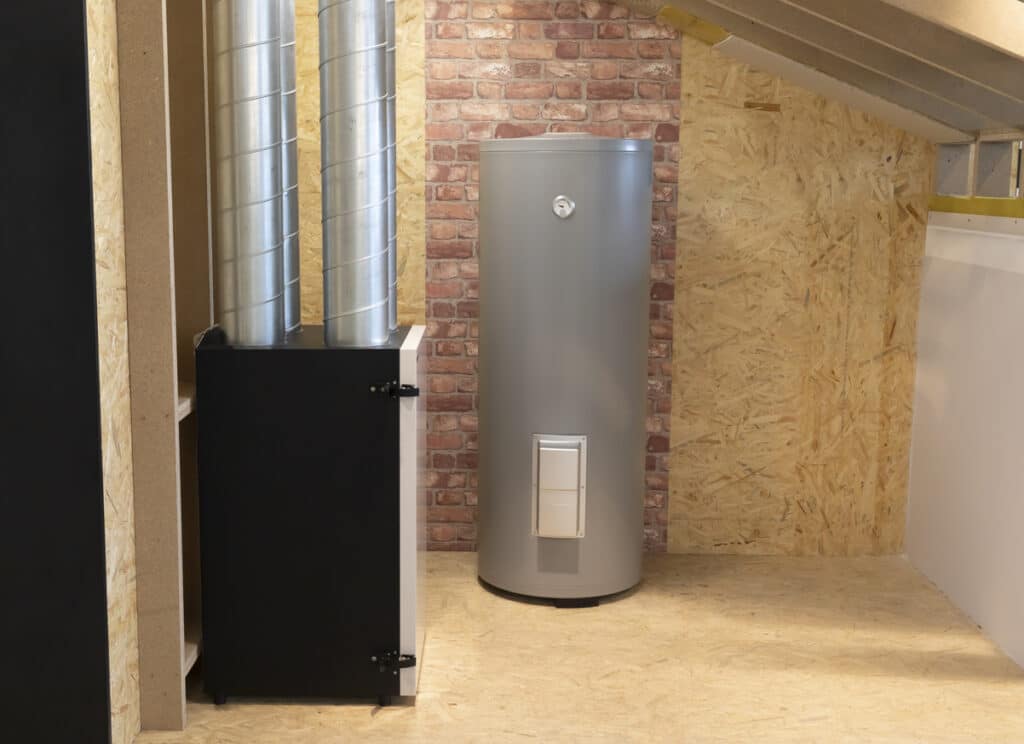The temperature setting on your water heater may not cross your mind often, but it affects you and your family members in significant ways. The setting indicates the hottest water temperature that can flow through your pipes. While you may think that the temperature setting should be selected based on comfort, this is not the case. Your health and safety are directly impacted by your water heater’s temperature. This holds true when the setting is too high as well as too low. How does temperature control affect your safety?
A Safe Temperature Setting
If you have a tank-style water heater, the water is stored in the tank at a pre-set temperature until it is needed. The temperature for this stored water needs to be above 120 degrees Fahrenheit. Below this temperature, conditions are ideal for bacterial growth that could cause serious illness. However, water temperature above 140 degrees can scald your skin. Generally, a temperature between 120 and 140 degrees is considered to be safe.
Test the Temperature
Some people, such as children and the elderly, are more susceptible to skin burns than others. A temperature closer to 120 may be a better option. In addition, you should not assume that your water heater’s thermostat is accurate. After making the water heater thermostat adjustment, wait at least two hours. This gives the tank time to heat the water to the desired temperature. Then, fill a bowl with the hottest water available through the tap. You can then decide if you need to adjust the setting again.
The Safe Way to Adjust Your Water Heater’s Thermostat
Before adjusting the water heater’s temperature setting, turn off the electricity at the circuit breaker box to prevent electrocution. Many thermostats are located behind insulation or an access panel. You must unscrew the panel to access the thermostat. If you have a gas water heater, you also should turn off the electricity as a first step. You can then use the screwdriver to adjust the temperature setting as desired. After taking this step, check the pilot light to ensure that it is lit.
Drain the Tank for Optimized Safety
Because there is a risk that the thermostat reading could be incorrect, the tank should be drained regularly. Water temperature below 120 degrees fosters bacterial growth. By draining the tank, you can eliminate any bacterial buildup and minimize the risk of illness. Draining the tank has other benefits, such as removing sediment that accumulates in the tank over time.
Schedule Water Heater Service Today
At Nichols Electric and Plumbing, we want to help you enjoy the convenience of hot water in your home in a safe way, so if you need help with your water heater’s temperature control in Rochester, NY, contact us today.



